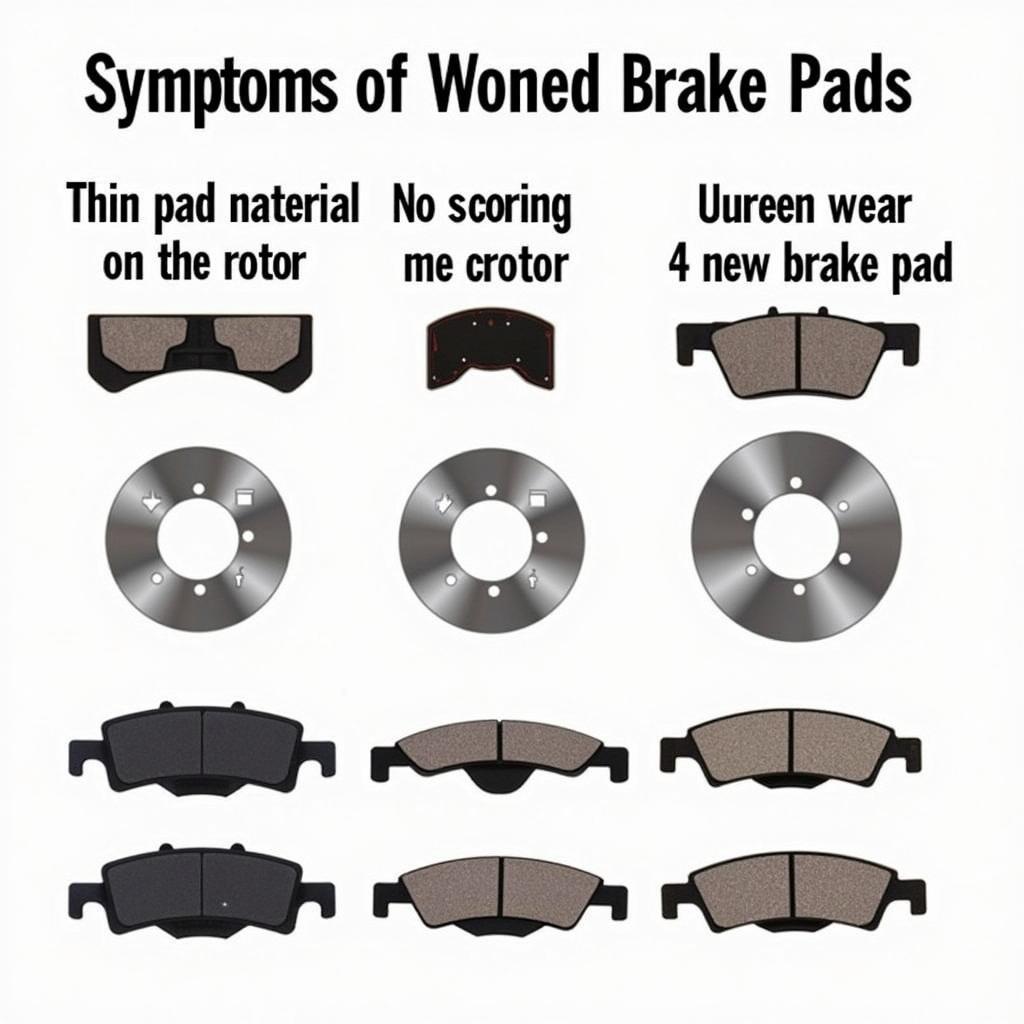A faulty gas gauge can be incredibly frustrating. Knowing How To Fix The Gas Gauge On Your Car can save you from unexpected trips to the gas station and potential roadside emergencies. This guide will walk you through common causes and solutions, empowering you to diagnose and potentially fix the issue yourself.
One common reason for inaccurate readings is a failing sending unit. This component, located inside your fuel tank, measures the fuel level and transmits the information to your gauge. Sometimes, the sending unit simply gets stuck or corroded, leading to incorrect readings. If you’re handy with tools, you can often replace the sending unit yourself. It’s a good idea to check your car’s manual for specific instructions. You might be surprised at how much you can fix yourself with the right guidance, like learning how to fix dent and scratch on car.
Diagnosing the Problem: Is it Really the Gauge?
Before you start taking things apart, it’s important to confirm that the gas gauge is actually the problem. Sometimes, the issue might lie elsewhere in the fuel system. For example, a clogged fuel filter can restrict fuel flow, leading to inaccurate readings.
Checking the Fuel Pump
The fuel pump itself can also be a culprit. A failing fuel pump may not be able to deliver fuel efficiently, which can cause the gauge to fluctuate or read incorrectly. Testing the fuel pump pressure can help pinpoint this issue.
Common Causes and Solutions for a Faulty Gas Gauge
There are several reasons why your gas gauge might be acting up. Here’s a breakdown of the most common culprits:
-
Faulty Sending Unit: This is the most frequent cause. The sending unit can become corroded, damaged, or simply wear out over time. Replacing the sending unit is usually the solution.
-
Wiring Problems: Loose or damaged wires connecting the sending unit to the gauge can cause erratic readings. Inspecting and repairing or replacing the wiring harness can resolve this.
-
Gauge Malfunction: While less common, the gauge itself can malfunction. In this case, replacing the gauge is necessary.
-
Blown Fuse: A blown fuse in the circuit that powers the gas gauge can cause it to stop working altogether. Checking and replacing the fuse is a simple fix.
How to Replace a Fuel Sending Unit: A Step-by-Step Guide
-
Disconnect the Battery: Safety first! Always disconnect the negative battery cable before working on any electrical components.
-
Access the Fuel Tank: This usually involves removing a section of the floor pan or accessing the tank from underneath the vehicle. Consult your car’s manual for specific instructions.
-
Remove the Sending Unit: Once you have access to the tank, carefully remove the sending unit. You’ll likely need to disconnect fuel lines and electrical connectors.
-
Install the New Sending Unit: Install the new sending unit, making sure all connections are secure.
-
Reconnect the Battery: Reconnect the negative battery cable and test the gas gauge.
If you are unsure about tackling this repair yourself, or if you’ve tried these steps and are still experiencing problems, it’s best to consult a qualified mechanic.
Conclusion
Understanding how to fix the gas gauge on your car can save you time, money, and potential headaches. By following the steps outlined in this guide, you can diagnose the problem and potentially fix it yourself. However, if you are unsure about any part of the process, don’t hesitate to contact a professional.
Need help fixing scratches? Check out our guide on how much to fix surface scratch on car.
For car owners looking for advice on car repairs, feel free to connect with us at AutoTipPro for assistance. You can reach us at +1 (641) 206-8880 or visit our office at 500 N St Mary’s St, San Antonio, TX 78205, United States. We also have great tips on best tips to fixing car mirror scratches. Another valuable resource for fixing those pesky scratches is our guide on fix scratces on car paint.
Looking for a fast solution? Check out our quick fix car paint scratch guide.
FAQ
-
What is the most common reason for a faulty gas gauge? The most common cause is a failing sending unit within the fuel tank.
-
Can I replace the sending unit myself? Yes, many car owners can replace the sending unit themselves with basic tools and by following the instructions in their car’s manual. It’s similar in process to fixing dent and scratch on car yourself.
-
What should I do if I’ve replaced the sending unit and the gauge still isn’t working? Check the wiring, fuses, and the gauge itself. If the problem persists, consult a mechanic.
-
How often should I check my car’s gas gauge? It’s a good practice to check your gas gauge regularly, especially before long trips.
-
Can a low fuel level damage my car? Running your car on very low fuel can damage the fuel pump.
-
How can I prevent gas gauge problems? Regular car maintenance can help prevent many gas gauge issues.
-
What if my gas gauge fluctuates erratically? This can indicate a problem with the sending unit, wiring, or the gauge itself.






Leave a Reply